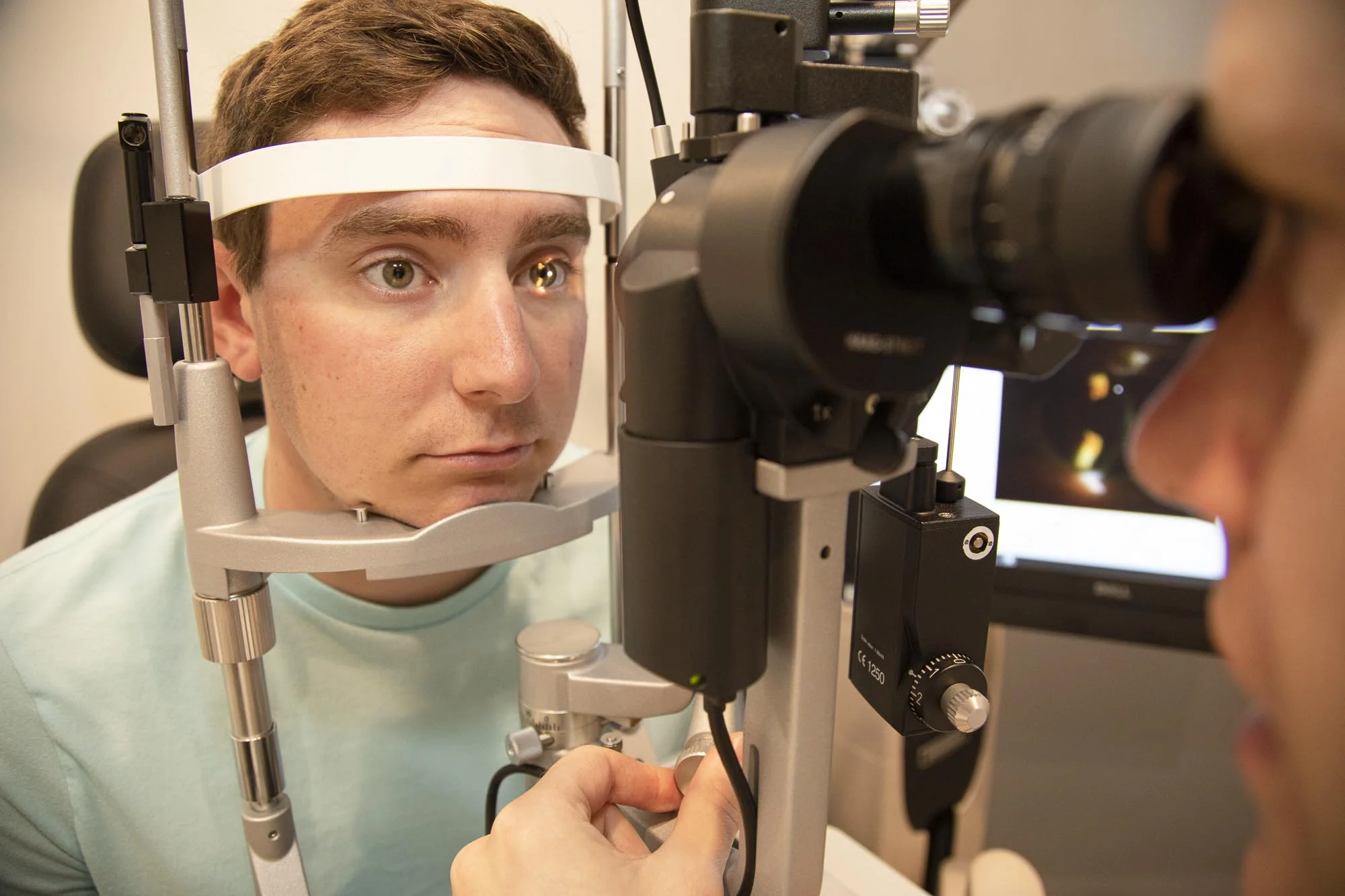Dry Eye Disease
Dry eye disease (DED) is a multifactorial disease of the ocular surface where the tear film is limited or of poor quality leading to ocular surface damage. The tear film is the solution that covers the front surface of the eye. The tear film helps to protect and nourish the eye and helps you to see. When the tear film is out of balance, dry eye occurs.
Two Common Types of Dry Eye
The two most common types of DED are aqueous deficient (AD) and meibomian gland dysfunction(MGD). Symptoms of DED include: irritation, dryness, grittiness and are not limited to one type of dry eye or the other. Around 86% of people with dry eye have Meibomian gland dysfunction and 14% have aqueous deficiency. Some people can have both types of DED. The good news is that both forms of dry eye are treatable. With unique treatments tailored to each cause of DED, your eyes can start to feel relief again.
Meibomian Gland Dysfunction (MGD)
MGD occurs when there is a compromise to the function and/or structure of the meibomian glands in the eyelids that produce the protective oily layer of the tear film. These glands can become blocked over time to the point where they no longer produce oils needed for healthy tears. This blockage results in rapid evaporation of your tears and can lead to irritation, discomfort and if not treated, gland atrophy. Once your meibomian glands atrophy or deteriorate they cannot be restored. Our goal is to properly detect and treat MGD at the earliest stage of the disease to ensuring good quality tears and avoiding more severe dry eye symptoms and complications.
Aqueous Deficient (AD)
AD occurs when there is a compromise to the function of the lacrimal gland and not enough tears are produced. Your lacrimal glands are located above the eye, and secrete the watery or aqueous component of your tears. In AD the lacrimal gland can become less efficient in production due to: aging, certain medical conditions, medication, and damage from inflammation or radiation.
Treating Dry Eye Early is Critical
DED is a chronic condition much like hypertension and diabetes, damage occurs before you experience symptoms and often is irreversible. Early detection and diagnosis is important so that we can start managing your condition preserving your eye health and vision for years to come.
Call to schedule your ocular surface evaluation to start feeling better.

